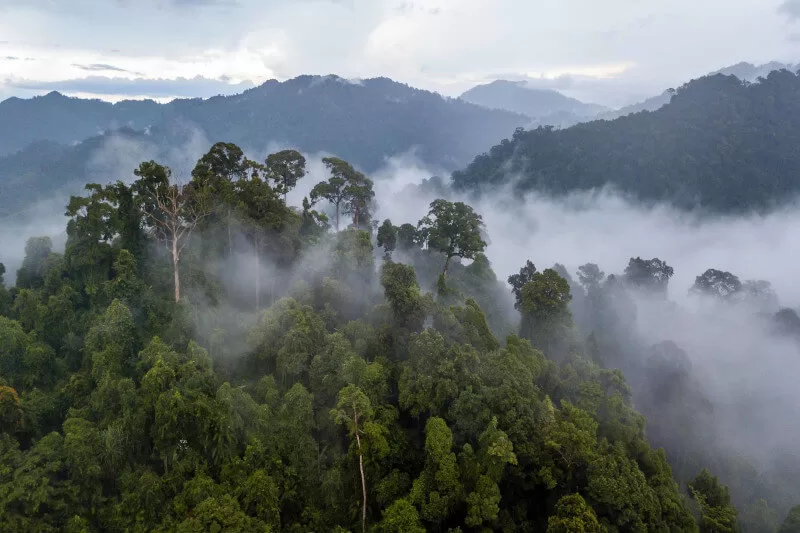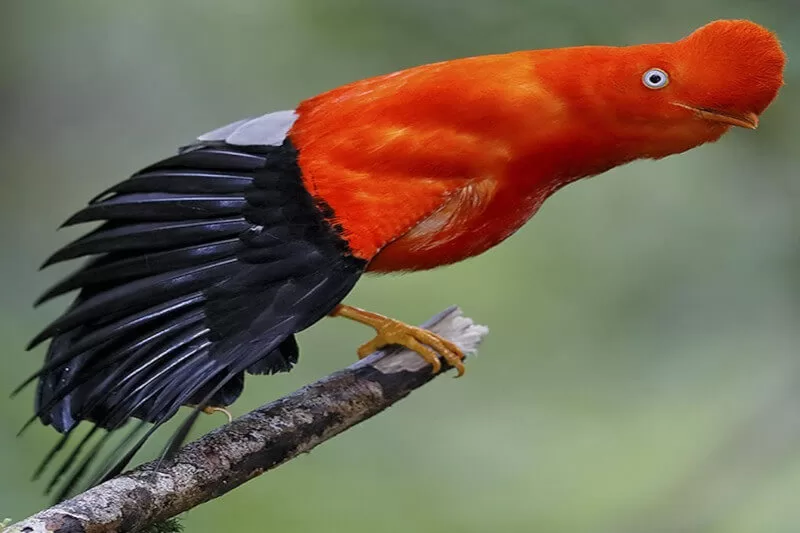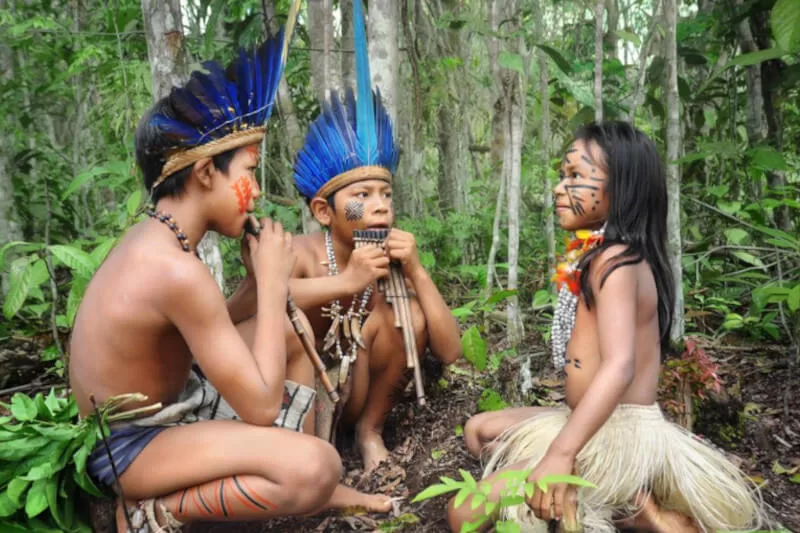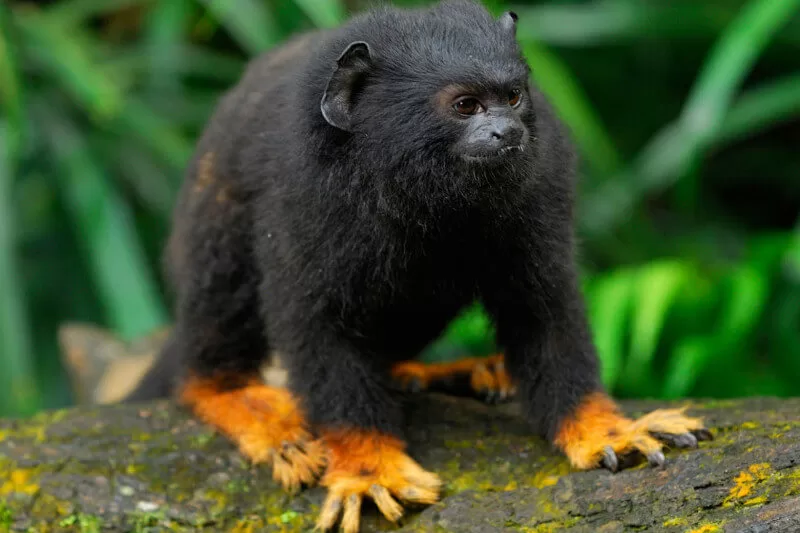The Amazon rainforest weather patterns are complex, influenced by vast ecosystems and seasonal variations. Located near the equator, it experiences high temperatures and humidity throughout the year. This unique climate supports diverse flora and fauna, making the region ecologically vital.
Rainfall in the Amazon is frequent and varies by season and region. During the wet season, heavy rains nourish the dense vegetation. The dry season, though less intense, still sees occasional showers, supporting year-round growth.
Weather trends in the Amazon have shifted due to climate change. Rising temperatures and altered rainfall impact the forest’s biodiversity. Understanding these trends helps us protect this crucial natural resource.

The Amazon rainforest weather varies throughout the year, influencing everything from wildlife behavior to visitor experiences. The wet season runs from December to May, bringing heavy rains and lush growth. With frequent rainfall, rivers swell, creating ideal conditions for canoe trips and exploration by water.
During the wet season, temperatures in the Amazon average between 24°C to 28°C, with high humidity. This season provides a great time for spotting nesting birds and other wildlife active in the abundant vegetation. Travelers exploring during this period should prepare for daily rains that contribute to the forest’s verdant landscape.
In contrast, the Amazon’s dry season lasts from June to November, with a drop in the amount of rain. Temperatures remain warm, ranging between 26°C and 30°C, and the air feels slightly less humid. This season brings clearer skies and offers unique opportunities to spot animals that venture closer to water sources.

Different regions, like the Manu Amazon and the rest of the Peruvian Amazon, experience variations in weather patterns. These differences influence the best time to visit Manu Park, depending on local rain cycles. Travelers can find unique seasonal traits in each region. From river conditions to wildlife sightings, all shaped by Amazon rainforest weather.
Whether visiting during the rainy or dry season, Amazon rainforest weather offers distinct experiences. Each time of the year reveals unique views of the ecosystem, adding to its incredible biodiversity.
The impact of climate change on Amazon rainforest weather has become increasingly apparent. Rising global temperatures affect weather patterns, causing shifts in the rainy and dry seasons. These shifts impact the ecosystem, altering natural cycles vital to the region’s biodiversity.
As climate change advances, average temperatures in the Amazon are trending upward. This increase in daytime temperature affects species that thrive within specific temperature ranges. Warmer weather conditions strain the forest, reducing its ability to regulate and store carbon.
Changes in rainfall patterns have also disrupted the balance of Amazon rainforest weather. Drier dry seasons and irregular rainy seasons alter plant growth and animal behavior. These changes can lead to longer droughts, stressing water sources essential to the rainforest ecosystem.

The unpredictability of weather in the Amazon affects not only wildlife but also indigenous communities and local economies. Communities reliant on natural resources face challenges with changing crop cycles and water availability. Addressing the causes of climate change is crucial for preserving Amazon rainforest weather stability.
By protecting the Amazon, we safeguard a vital natural climate regulator. The forest’s ability to store carbon helps mitigate climate change, benefiting global ecosystems. As temperatures continue rising, understanding and responding to these impacts becomes increasingly urgent.
Amazon rainforest weather plays a key role in maintaining its rich biodiversity and complex ecosystems. High temperatures and heavy rainfall create ideal conditions for countless plant and animal species. These conditions support ecosystems that thrive in the unique environment of constant warmth and humidity.
In the wet season, increased rainfall replenishes water sources and promotes plant growth across the forest. Lush vegetation provides ample food and shelter, supporting diverse animal populations. Birds, mammals, and reptiles benefit from abundant resources, which encourages breeding and population stability.
The dry season brings less rainfall but still supports thriving life adapted to Amazon rainforest weather variations. As rivers shrink, animals congregate around remaining water sources, making them easier to observe. This season also impacts tree growth and flowering cycles, essential to the rainforest’s seasonal balance.

Amazon rainforest weather patterns are crucial to maintaining the delicate balance of its ecosystems. Any disruption in these patterns, such as unusual droughts, affects food availability and animal migrations. Understanding and protecting these weather cycles is essential for preserving the Amazon’s unparalleled biodiversity.
The Amazon’s diverse species depend on stable weather for survival and reproduction. Changes in temperature and rainfall can have ripple effects on entire ecosystems. Amazon rainforest weather, with its balance of wet and dry seasons, is the foundation for the region’s natural vitality.
The weather patterns of the Amazon, particularly in regions like the Manu Rainforest and Manu Reserved Zone, hold global importance. Unique climate of the Manu Amazon contributes to the larger system that impacts weather far beyond its borders. With consistent temperatures and a mix of heavy rainfall and drier periods, this region plays a pivotal role in carbon storage and oxygen production.
The Manu Reserved Zone showcases how Amazon weather patterns directly influence its diverse ecosystems. Rich with biodiversity, the area thrives due to the balance of rain and temperature, which nurtures its wildlife and plant life. Protecting the Manu Amazon and understanding its weather trends is essential for safeguarding global environmental health.

If you got any questions, please do not hesitate to send us a message. We reply within 24 hours!
+51 900 394 399
info@biomanuexpeditions.com
reservas@biomanuexpeditions.com
